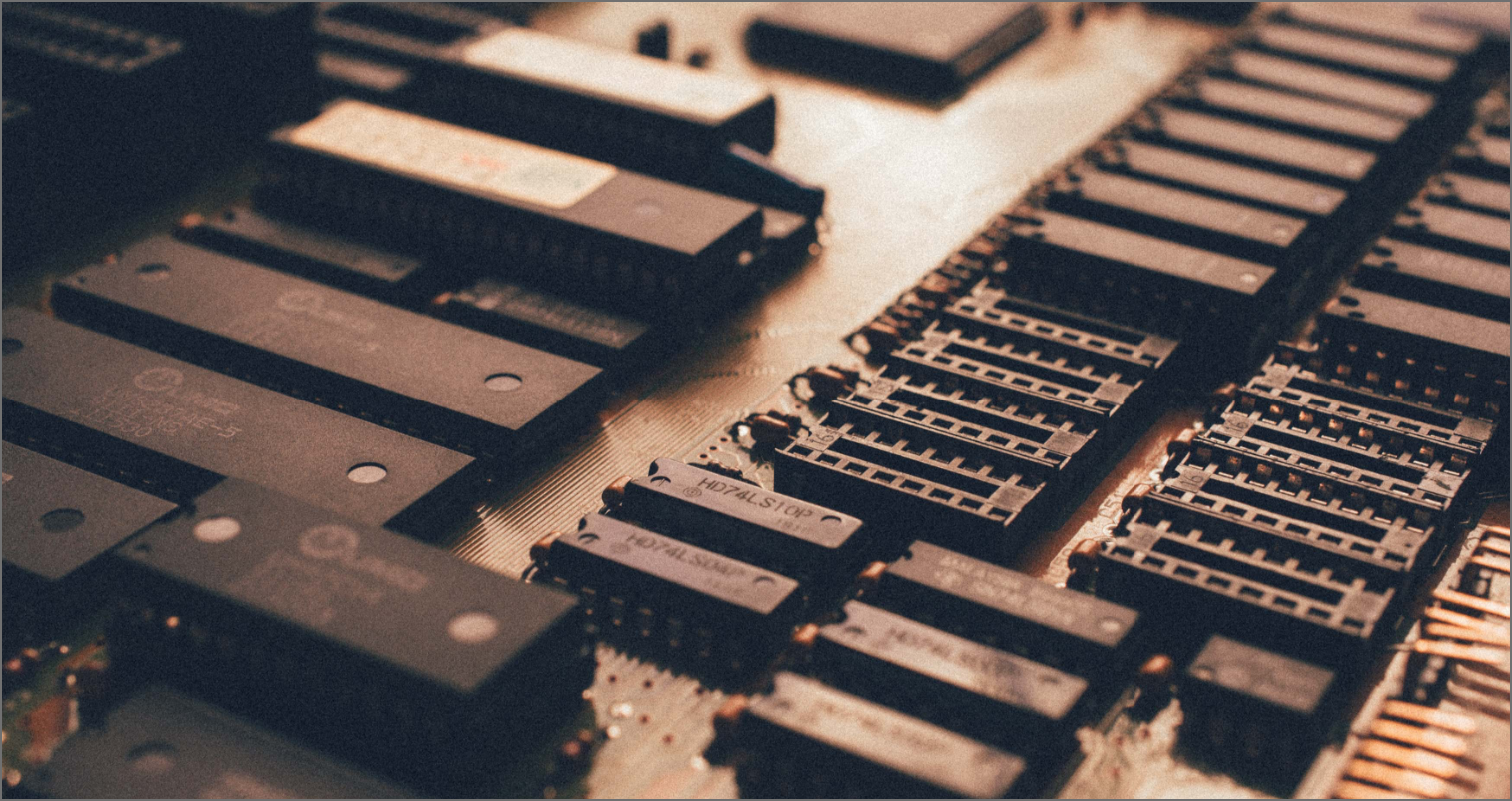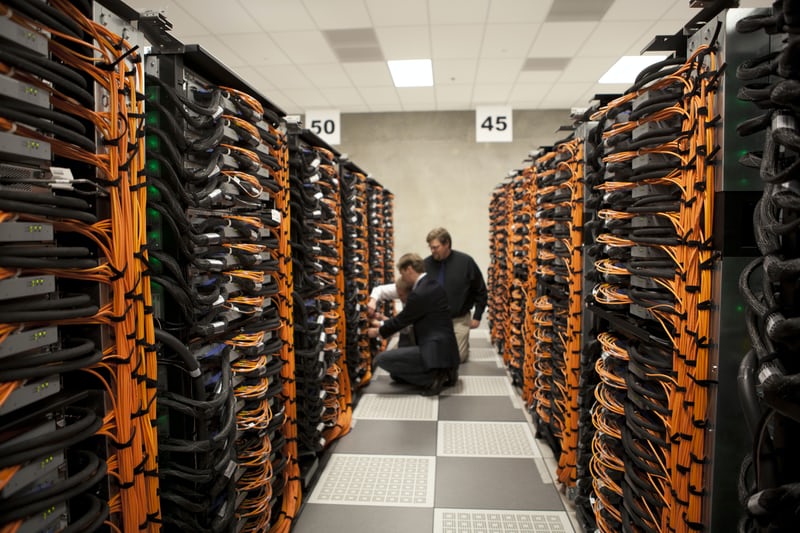
Having previously talked about the IT parts lifecycle and how refurbished IT hardware gets into
production environments (if you haven’t read that post, take a look at it here), it bears mentioning that
not all companies define “refurbished” the same way. Today, we are going to take a look at some of the
specifics on what constitutes refurbished IT hardware, as it pertains to both direct consumers as well as
Third Party Maintenance (TPM) vendors.
Typically, when you hear the term “refurbished” coming from the IT hardware industry, you think of
equipment that has previously been used in another user environment and then being decommissioned
for whatever reason. And on that single point, there is truly no differentiation between different
companies that sell or use refurbished hardware. The differences start to make themselves known
when you look more in detail at what a company does with this hardware after its decommission but
PRIOR to it being reused or resold.
For some companies, refurbished just means they take the hardware and ensure it doesn’t have any
major damage or cleanliness issues, sometimes power it on, and then it’s for resale or reuse. Other
companies will take it a step further and at least run some type of low level diagnostic on the
equipment, for example they will load a tape into a tape drive and ensure it comes ready and then ejects
the tape properly. Still other companies will actually use software to run some more midlevel
diagnostics on the hardware, such as free OEM tools that are made available for just that purpose. This
would be the type of diagnostic you would see an OEM run that would call a product “certified
refurbished”.
However, none of the above truly encompasses what refurbished actually means. Here are the
qualifications for what we define truly refurbished hardware to be:
All of the above is required in order to have good quality refurbished IT hardware that can be expected
to work comparably to factory new equipment. This is the goal of the IT hardware industry – repair and
maintenance of IT hardware in a comparable fashion to OEM but at a fraction of the cost.
Now, as stated earlier, not all companies follow the above standards for refurbishment. So, how do you
go about minimizing your exposure and ensure you receive the best quality parts every time?

This is an age-old discussion in the IT industry. Often it seems that it is made out to be an either/or ...

“Tape storage? That’s so outdated!” So goes the judgement in today’s IT world, with cloud infrastructure...

In talking to many clients throughout my career, one of the top trending things I have heard is about sw...

The 2023 economy is setting up to be a tricky one to forecast. Political turmoil, stock market and inves...